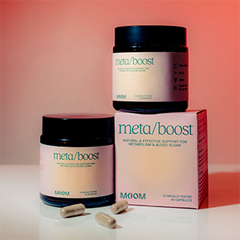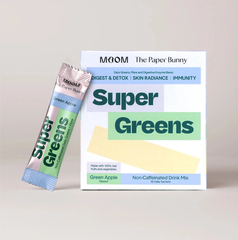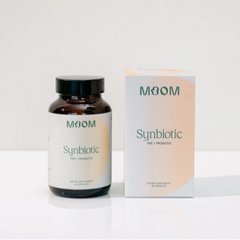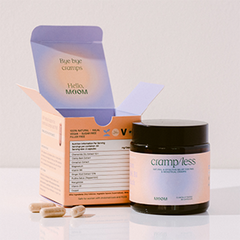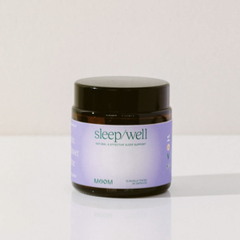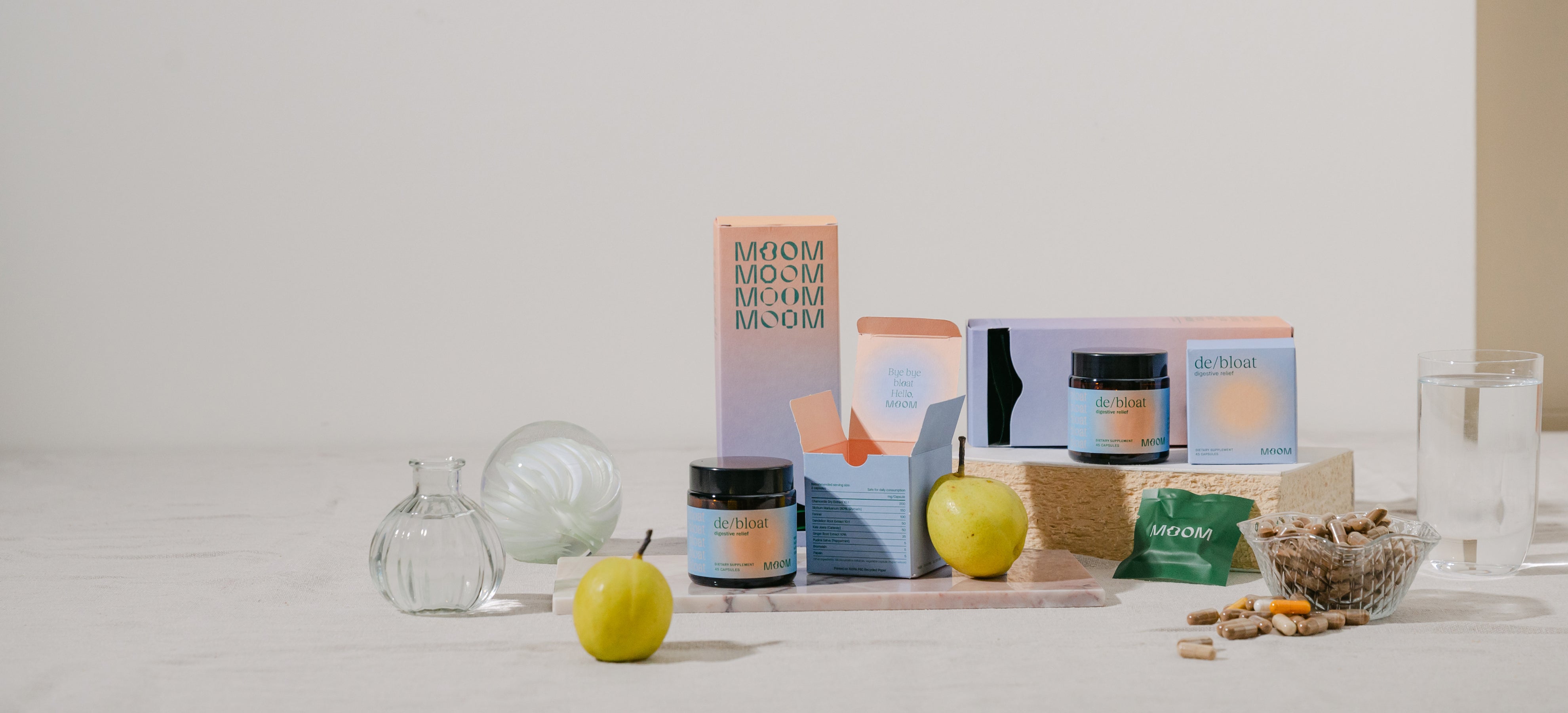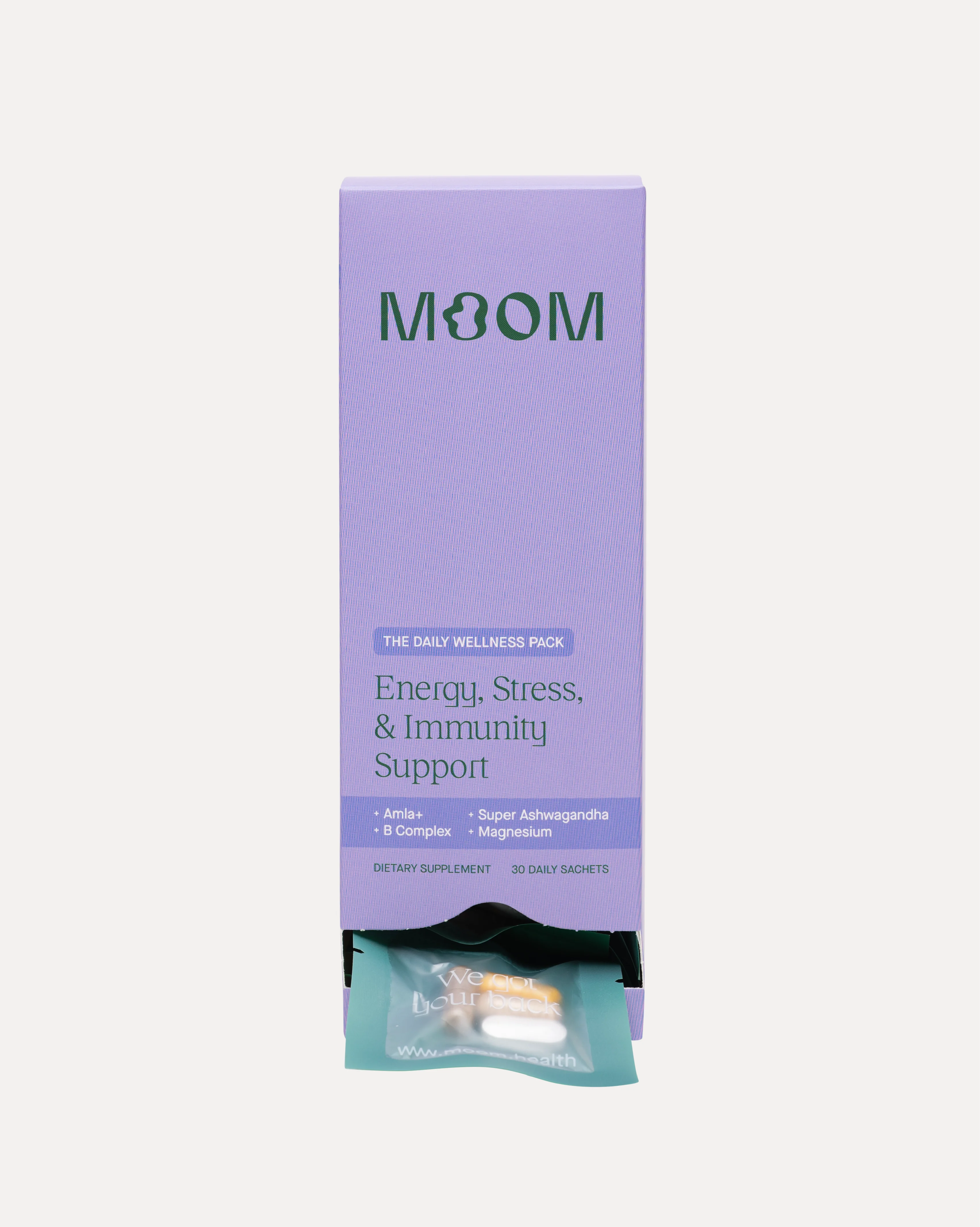Welcome to the world of Moom
Everything we make is created with you in mind.
We formulate with experts from around the world, source the highest quality ingredients, and work with incredible labs and R&D teams to make sure we are only giving you the best. Our products are clean, effective, and designed specifically for your daily ritual.
Our No List
Good ingredients are part of your overall health and well being. Low quality, ineffective, and bad-for-you ingredients don’t belong. You’ll never find us using anything from this list in any of our formulas.
Artificial Preservatives
Benzoic acid
An artificial preservative that can become carcinogenic when mixed with Vitamin C.
Butylated hydroxyanisole and hydroxytoluene
An artificial preservative that builds up in the lungs, liver, and kidneys and has been linked to stomach tumors in animal studies.
Propyl gallate
A synthetic preservative that can cause asthmatic reactions and stomach irritation.
Sodium benzoate
An artificial preservative that can become carcinogenic when mixed with Vitamin C in large amounts.
Sulfites (potassium bisulfite, sodium sulfite)
Preservatives that, when added in manufacturing, can induce asthma in sulfite-sensitive populations.
Stearates
Manufacturing aids that allow more ingredients to be packed into a capsule. Stearates can inhibit the absorption of nutrients, and make supplements less bioavailable.
Talc
A mineral that is mined from underground. Talc carries the risk of being contaminated with Asbestos, because Asbestos is also found underground, and veins of it have frequently appeared in Talc deposits.
GMOs
Genetically modified organisms.
Bisphenol A (BPA)
A plasticizer used in plastic containers that mimics estrogen in the body and can disrupt thyroid hormones, causing infertility, miscarriage, erectile dysfunction. Also can adversely influence fetal development and increase cancer risk.
Polyethylene glycol
A coating used to make tablets easier to swallow, but is often contaminated with synthetic substances such as dioxane and ethylene oxide.
Artificial Sweeteners & Flavours
Acesulfame-K
An artificial sweetener that has been linked to high blood sugar levels.
Aspartame
An artificial sweetener that has been linked to high blood sugar levels.
Glycols (propylene glycol)
Artificial substance that can be used as a solvent, preservative, or sweetener. Can be toxic to the kidneys, liver, and nervous system.
Saccharin
An artificial sweetener that can cause allergic reactions.
Sucralose
An artificial sweetener that is associated with a decrease in important GI flora as well as bowel inflammation.
Xylitol and erythritol
Sugar alcohols used as sweeteners that can cause diarrhea, gas, and bloating.
Synthetic vanillin
Artificial vanilla flavor. Synthetic vanillin is used in imitation vanilla flavoring and is usually manufactured from petrochemicals or genetically modified yeast. Synthetic Vanillin has been known to trigger allergic reactions, GI upset, or migraines.
High fructose corn syrup
A sweetener made from corn starch that has been linked to fatty liver, obesity, diabetes, metabolic syndrome, and inflammation.
Allergens
Eggs
Eggs are among the eight most common allergens, and can cause allergic reactions and discomfort in some individuals.
Nut-derived ingredients (tree nuts, peanuts)
Nuts among the eight most common allergens, and can cause allergic reactions and anaphylaxis in some individuals.
Milk
Milk is among the eight most common allergens, and can cause allergic reactions and discomfort in some individuals.
Fish and shellfish
Fish and shellfish are among the eight most common allergens, and can cause allergic reactions and discomfort in some individuals.
Wheat and gluten
Wheat and gluten are among the eight most common allergens, and can cause allergic reactions and discomfort in some individuals.
Soybeans
Soybeans are among the eight most common allergens, and can cause allergic reactions and discomfort in some individuals.
Synthetic Colours
Carmine (cochineal, natural red 4)
A red dye made from insects, and can cause allergic reactions.
FD&C numbered color pigments
Artificial colors and dyes have in some cases been linked to illness and allergies. FD&C numbered color pigments also frequently contain aluminum.
Titanium dioxide
A metallic colorant that has been classified by the International Agency for Research on Cancer as "possibly carcinogenic to humans".
Others We Avoid
Stearates
Manufacturing aids that allow more ingredients to be packed into a capsule. Stearates can inhibit the absorption of nutrients, and make supplements less bioavailable.
Talc
A mineral that is mined from underground. Talc carries the risk of being contaminated with Asbestos, because Asbestos is also found underground, and veins of it have frequently appeared in talc deposits.
GMOs
Genetically modified organisms.
Bisphenol A (BPA)
A plasticizer used in plastic containers that mimics estrogen in the body and can disrupt thyroid hormones, causing infertility, miscarriage, erectile dysfunction. Also can adversely influence fetal development and increase cancer risk.
Polyethylene glycol
A coating used to make tablets easier to swallow. but is often contaminated with synthetic substances such as dioxane and ethylene oxide.
NDMA
A nitrosamine impurity. NDMA is classified as a probable human carcinogen based on results from laboratory tests. NDMA is a known environmental contaminant and found in water and foods, including meats, dairy products, and vegetables.
Gelatin
Gelatin is often made from animal products.
Shop our Best Sellers
Turns out our favorites are everybody else’s favorites, too. These are our hero products to make sure you're feeling your best from the inside-out!


